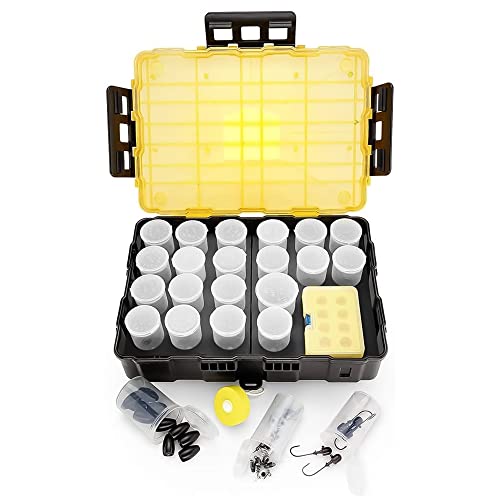- Joined
- Dec 18, 2024
- Messages
- 22
- Reaction score
- 11
- LOCATION
- indianapolis
Just got a Lone Star Admiral with a '56 Johnson 30 HP on it.
It's freezing up here in Indiana so we did not start it when i took possession, but I was more interested in the boat so not a big deal. Seller said it ran a few months ago when he put it up for the winter and a quick pull on the starter cord showed it has some compression and the head etc looks clean but aged. i'm not as young and foolhardy as i used to be, so the idea is to start in the garage to make sure to work ~before~ I get on the water.
I've read that "motor muffs" won't work on this engine ( because the water intakes are not in the right place ?) Can anyone confirm this?
If that's the case, the next idea is to run it in a tub of some kind. I've got a couple ideas on how to do that but I would love to hear what other people have used.
Lastly, I'm looking for suggestions on the cold weather. Right now the plan is to stick a heating pad covered by blanket on the cylinders to get it warmed up. How concerned should I be about starting it when it's cold? Anyone want to hazard of ballpark guest on what temperature it should get up to before pulling that starter cord.




It's freezing up here in Indiana so we did not start it when i took possession, but I was more interested in the boat so not a big deal. Seller said it ran a few months ago when he put it up for the winter and a quick pull on the starter cord showed it has some compression and the head etc looks clean but aged. i'm not as young and foolhardy as i used to be, so the idea is to start in the garage to make sure to work ~before~ I get on the water.
I've read that "motor muffs" won't work on this engine ( because the water intakes are not in the right place ?) Can anyone confirm this?
If that's the case, the next idea is to run it in a tub of some kind. I've got a couple ideas on how to do that but I would love to hear what other people have used.
Lastly, I'm looking for suggestions on the cold weather. Right now the plan is to stick a heating pad covered by blanket on the cylinders to get it warmed up. How concerned should I be about starting it when it's cold? Anyone want to hazard of ballpark guest on what temperature it should get up to before pulling that starter cord.


























































